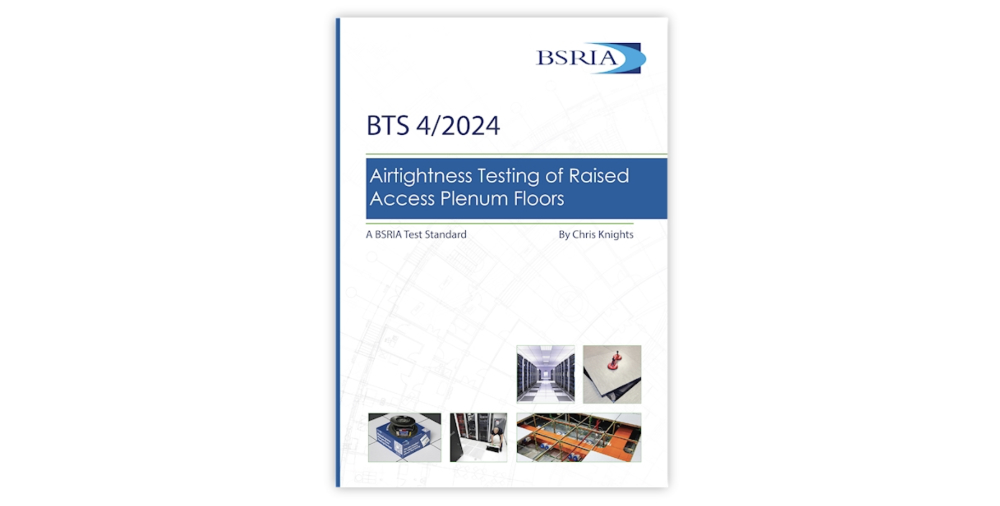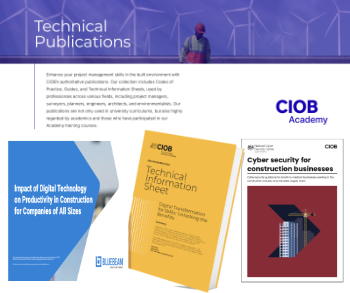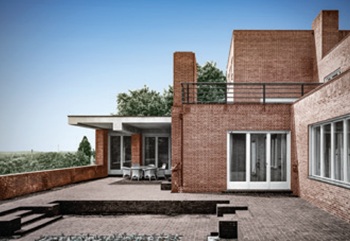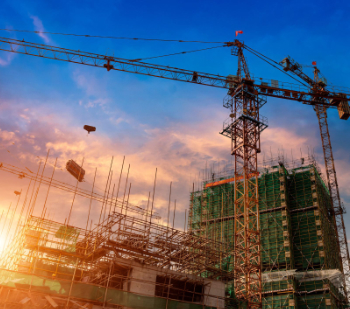Airtightness Testing of Raised Access Plenum Floors (BTS 4/2024)
A raised access plenum floor is a void between a building’s floor structure and the occupied space. This BSRIA Test Standard provides a methodology for testing raised access plenum floors and states limiting criteria for leakage. It supersedes BG 65/2016 Floor Plenum Airtightness – Guidance and Testing Methodology.
In response to stakeholder feedback to enhance and simplify the guide, BG 65/2016 Floor Plenum Airtightness – Guidance and Testing Methodology was superseded in 2024 by a new BSRIA Test Standard.
A raised access plenum floor is a void between a building’s floor structure and the occupied space, used for distributing conditioned air to the spaces above, consisting of two elements; the underfloor void and raised access floor. It is important that conditioned air in a floor plenum flows into the occupied zone and does not leak into cavities, risers, stairwells, heating trenches or other adjacent zones. A properly sealed raised access plenum floor will allow the diffusers and grilles to fulfil their primary role of delivering air at the correct flow rate. The airtightness of raised access plenum floors can be a serious energy efficiency issue.
This BSRIA Test Standard provides a methodology for testing raised access plenum floors. Limiting criteria for leakage from the underfloor void and raised access floor are provided, tailored to the challenges of smaller floor areas. Guidance on achieving both is provided. The testing methodology has also been enhanced to offer a complete process, eliminating the need to consult additional standards.
Specifying BTS 4/2024 can support an effective air distribution solution that aligns with design intentions for operational performance.
Revision History:
- Withdrawn: BG 12/2010 Floor Void Airtightness – Air Leakage Specification
- Superseded: BG 65/2016 Floor Plenum Airtightness – Guidance and Testing Methodology
- Current: BTS 4/2024 Airtightness Testing of Raised Access Plenum Floors
This article appears on the BSRIA news / blog and bookshop site as 'Airtightness Testing of Raised Access Plenum Floors (BTS 4/2024)' dated 01 December, 2024.
--BSRIA
[edit] Related articles on designing Buildings
- Airbrick.
- BSRIA articles.
- Displacement ventilation.
- Dynamic thermal modelling of closed loop geothermal heat pump systems.
- Earth-to-air heat exchangers.
- Floating floor
- Floating floors in buildings..
- Geothermal energy.
- Geothermal pile foundations.
- Ground energy options
- Ground preconditioning of supply air.
- Ground source heat pumps.
- Plenum.
- Raised floor.
- Thermal comfort.
- Thermal labyrinths.
- Underfloor air conditioning at London Grade II listed landmark.
- Underfloor air distribution UFAD.
Featured articles and news
Construction Products Reform Green Paper and Consultation
Still time to respond as consultation closes on 21 May 2025.
Resilient façade systems for smog reduction in Shanghai
A technical approach using computer simulation and analysis of solar radiation, wind patterns, and ventilation.
Digital technology, transformation and cybersecurity
Supporting SMEs through Digitalisation in Construction.
Villa Wolf in Gubin, history and reconstruction. Book review.
Construction contract awards down £1bn
Decline over the past two months compared to the same period last year, follows the positive start to the year.
Editor's broadbrush view on forms of electrical heating in context.
The pace of heating change; BSRIA market intelligence
Electric Dreams, Boiler Realities.
New President of ECA announced
Ruth Devine MBE becomes the 112th President of the Electrical Contractors Association.
New CIAT Professional Standards Competency Framework
Supercedes the 2019 Professional Standards Framework from 1 May 2025.
Difficult Sites: Architecture Against the Odds
Free exhibition at the RIBA Architecture Gallery until 31 May.
PPN 021: Payment Spot Checks in Public Sub-Contracts
Published following consultation and influence from ECA.
Designing Buildings reaches 20,000 articles
We take a look back at some of the stranger contributions.
Lessons learned from other industries.
The Buildings of the Malting Industry. Book review.
Conserving places with climate resilience in mind.
Combating burnout.
























